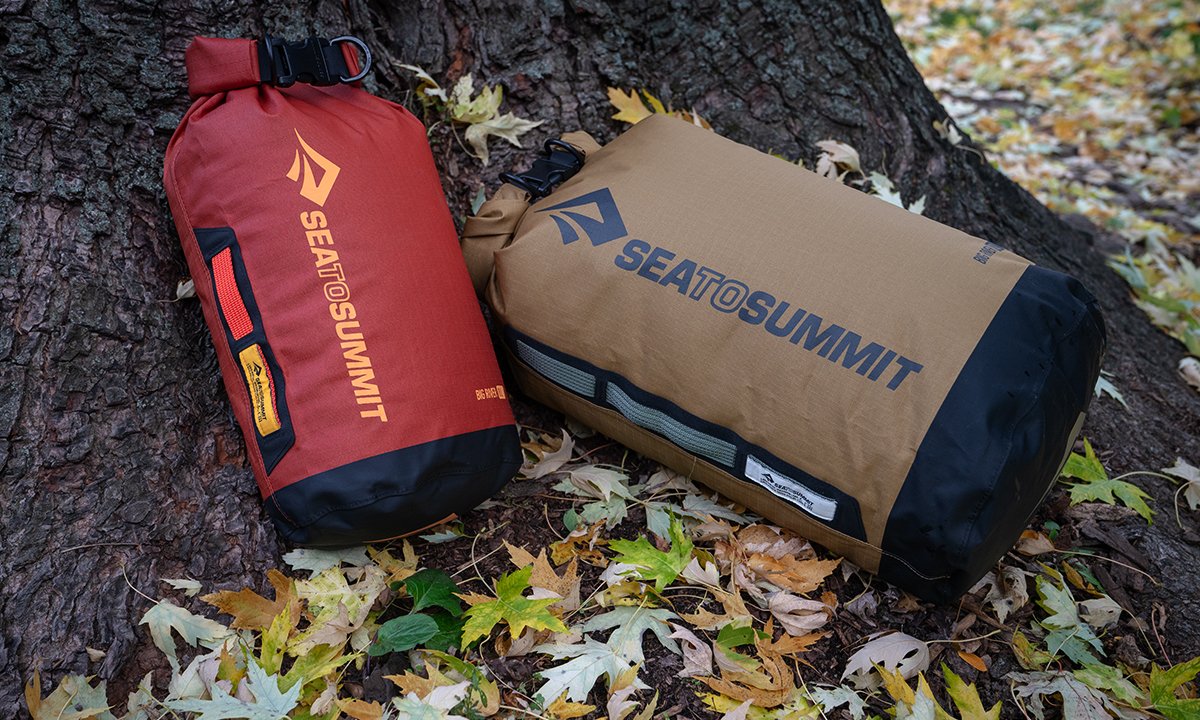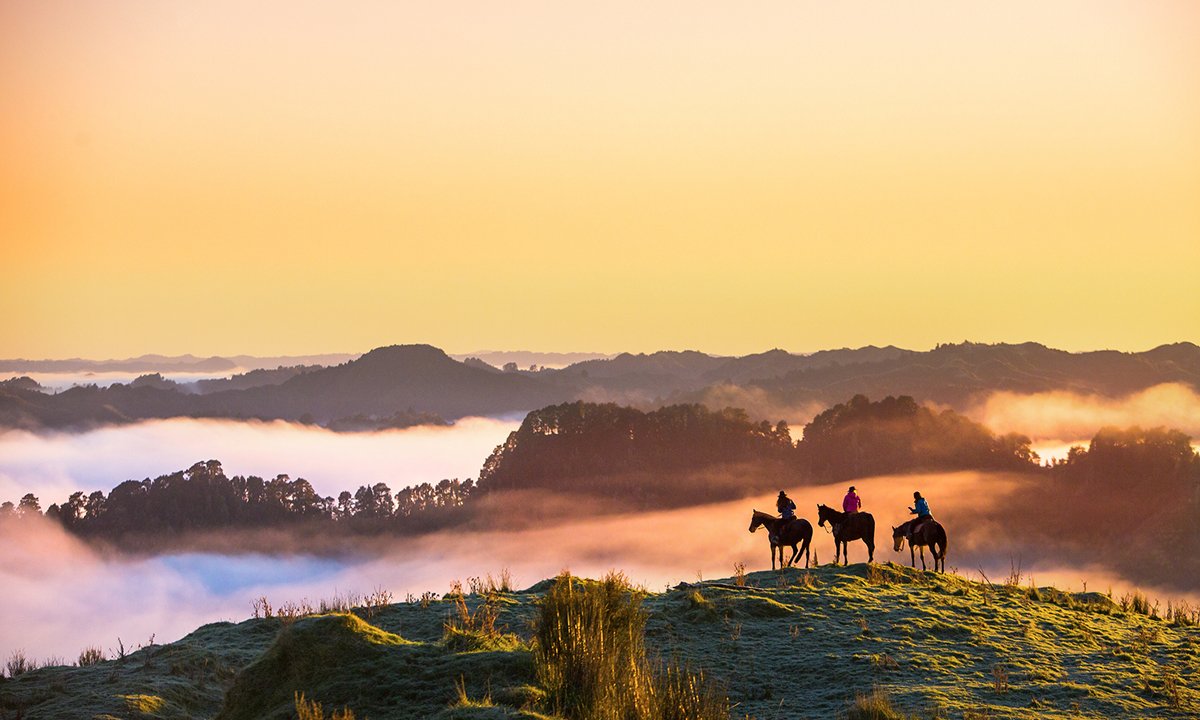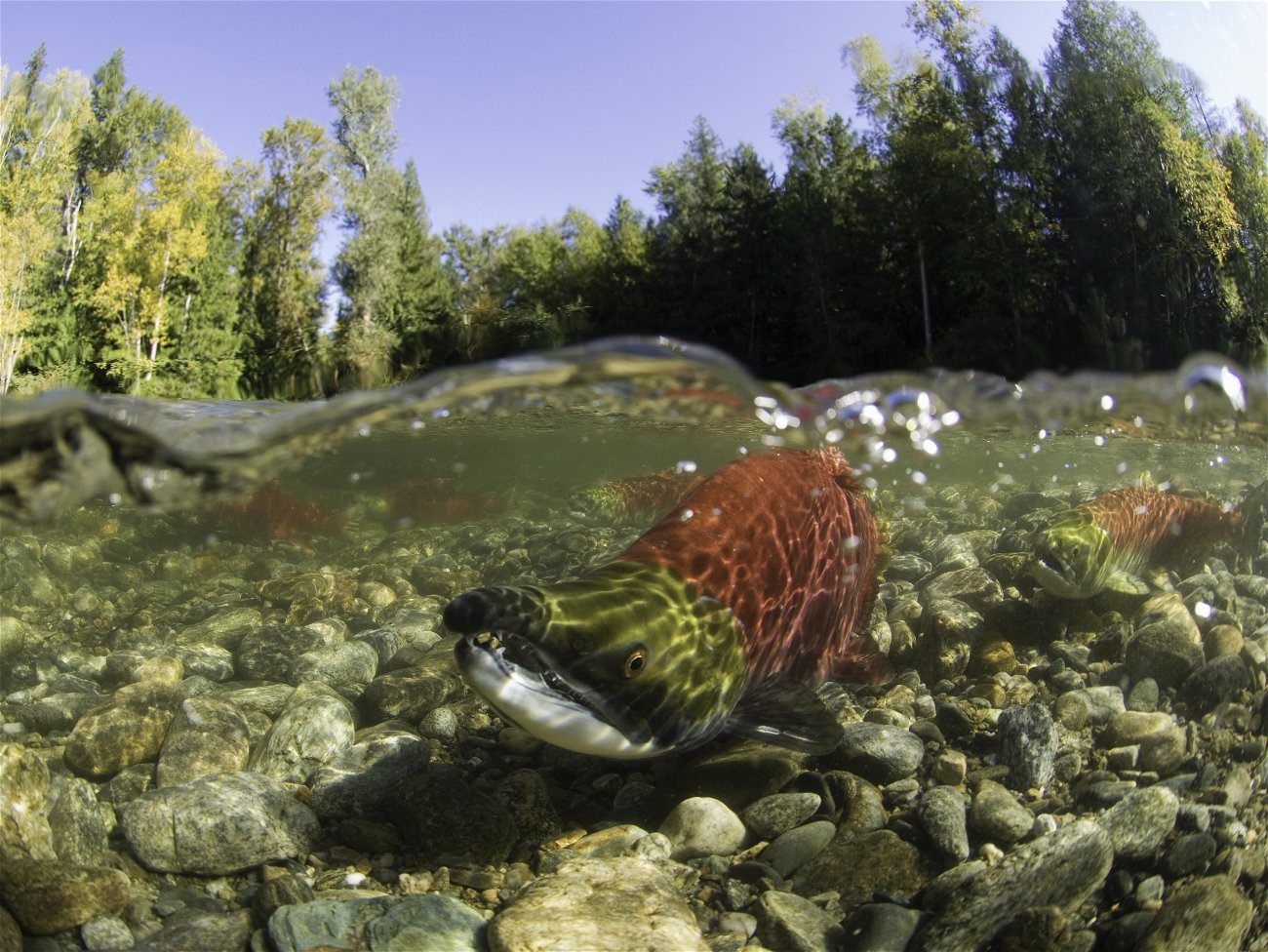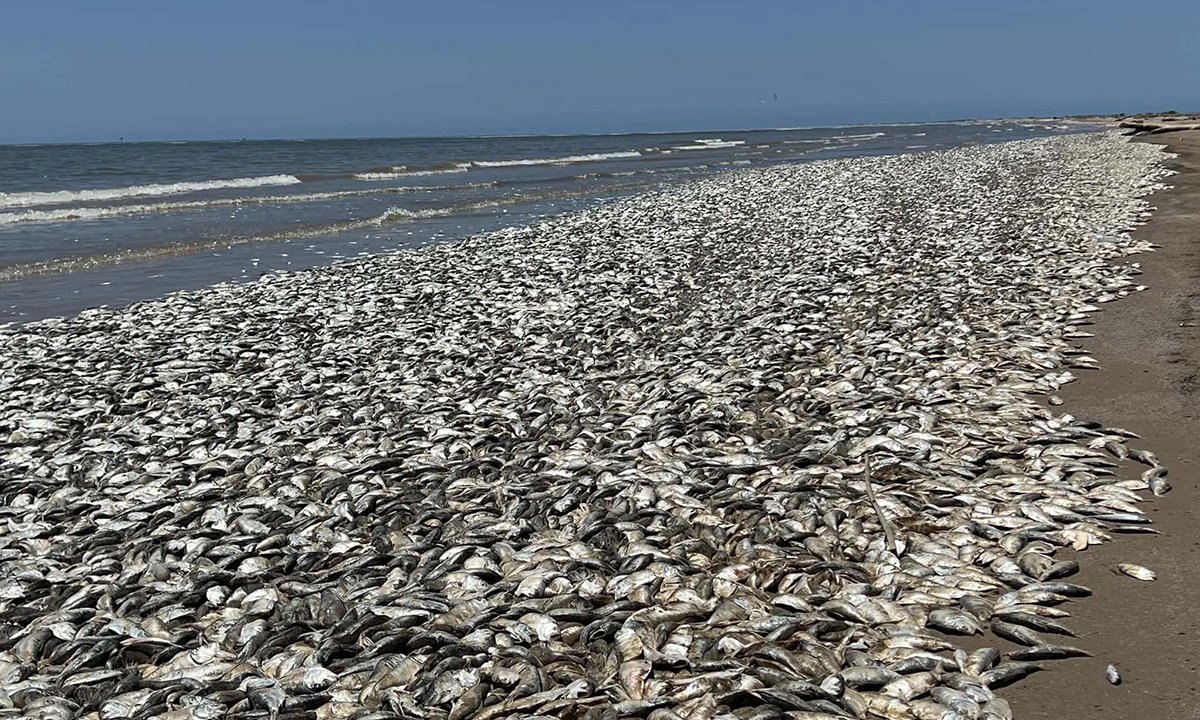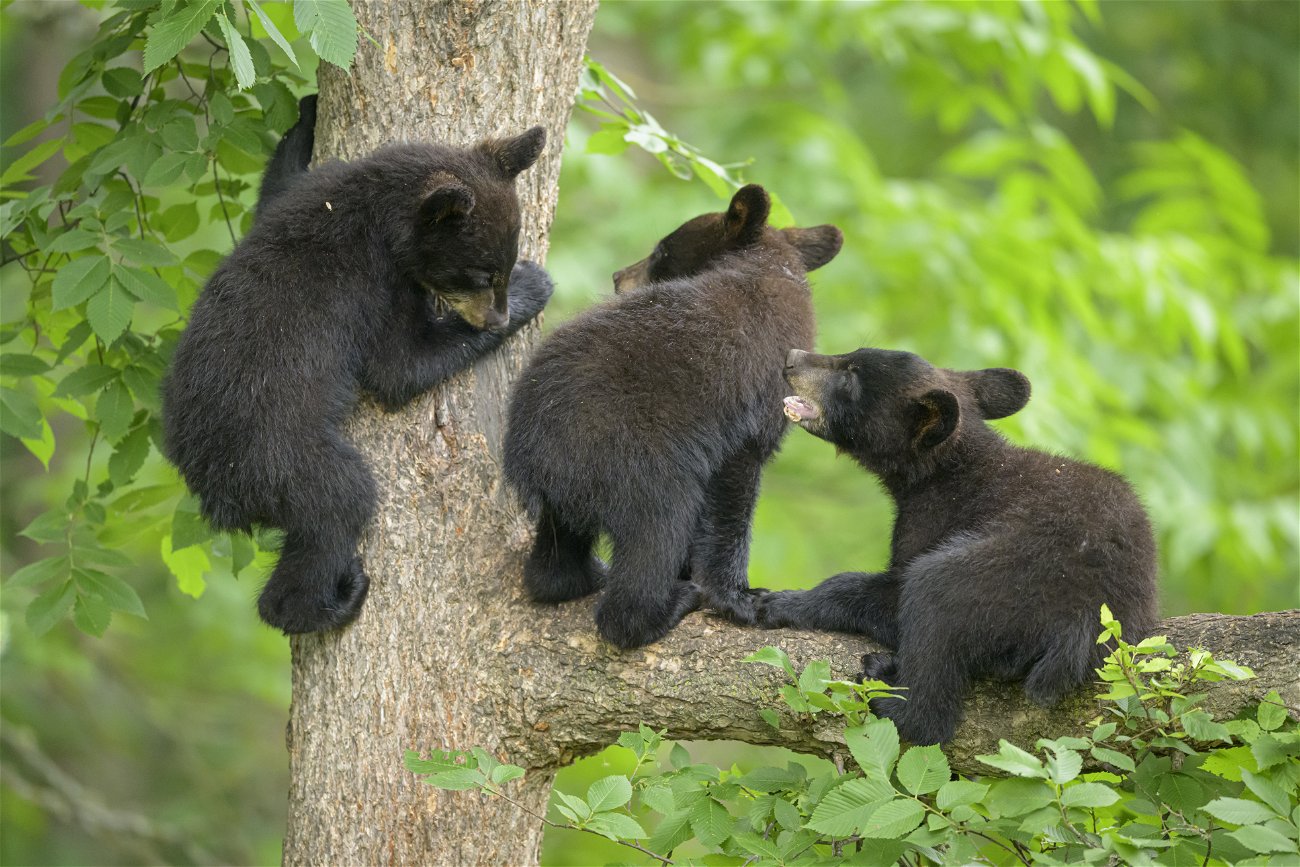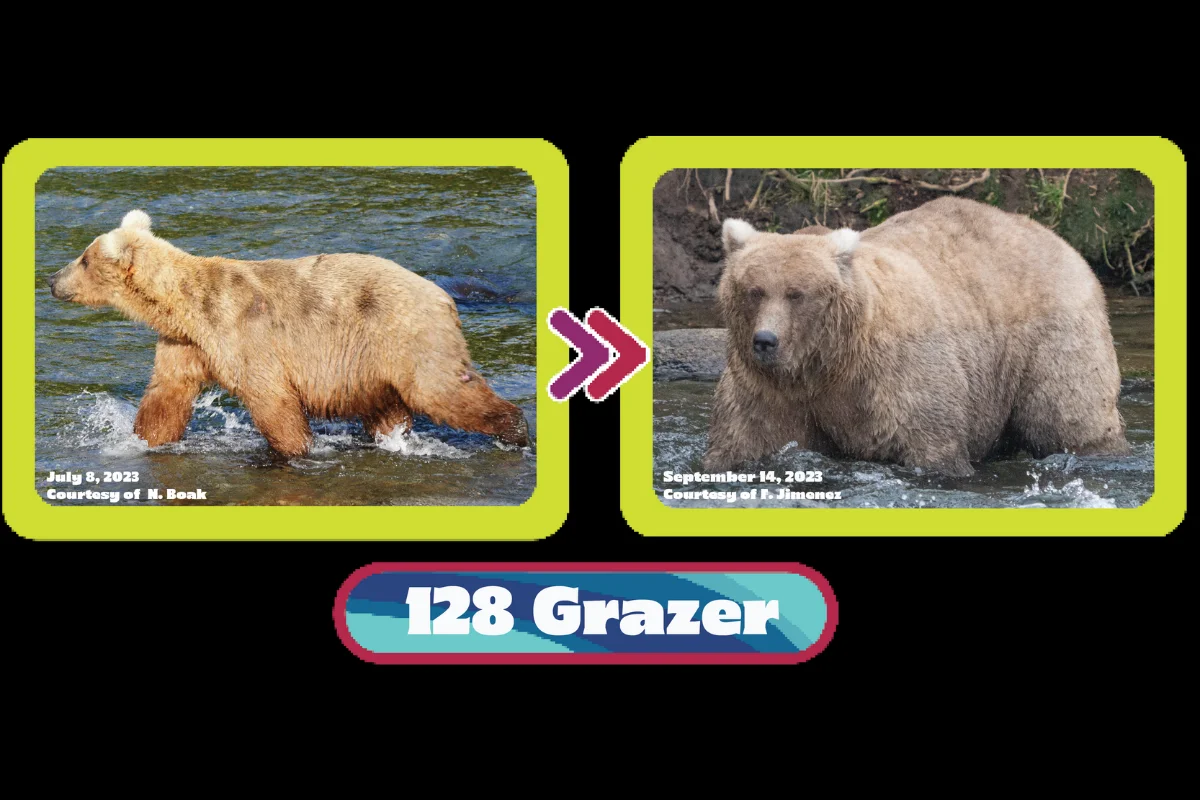When Google released its first-ever Street View images from within Korea’s heavily protected, 155-mile-long Demilitarized Zone (DMZ) last month, we expected them to reveal a bombed-out wasteland. Instead, the photos show some of the lushest, most biodiverse habitats we’ve ever seen. It makes sense: Over the past 70 years, few humans have stepped foot within the no-man’s land. In their absence, animals and plants have moved in and turned the place into a veritable paradise.
Videos by Outdoors
Korea’s DMZ was first established in 1953 with the signing of the Korean War armistice. The agreement ended a bloody, three-year feud between North Korea and South Korea. As part of the ceasefire, the countries agreed to designate a 2.4-mile-wide buffer between their borders. That 305-square-mile strip of land is now known as the DMZ.
Over the past few decades, that land has turned into a de facto wildlife refuge. Korean environmental groups have now identified more than 6,100 species within the DMZ, including golden eagles, fanged deer, otters, rare flowers and carnivorous plants. Of Korea’s 267 endangered species, a whopping 38% live in the DMZ, according to Google’s recent report on the topic.

The DMZ Street View project is part of a celebration of the 70th anniversary of peace between North and South Korea. To obtain the images, Google used footage from both 360° cameras and trail cameras installed by South Korea’s National Institute of Ecology.
Thus far, the footage has contained all sorts of treasures. One trail cam captured a rare sighting of a young Asiatic black bear in the wild. Others show off high-altitude prairies and wetlands. And aspecial 360° Street View cam lets viewers zoom through the Hantan River Gorge, a stunning, volcanically created canyon that cuts straight across the DMZ.
While North and South Korea have entertained discussions about turning the DMZ into a wildlife sanctuary, ideological differences persist. So far, the two nations haven’t been able to agree on specific terms of conservation or protection. Thus, the DMZ Street View project has become both a celebration of peace—and a reminder of the work left to be done.

